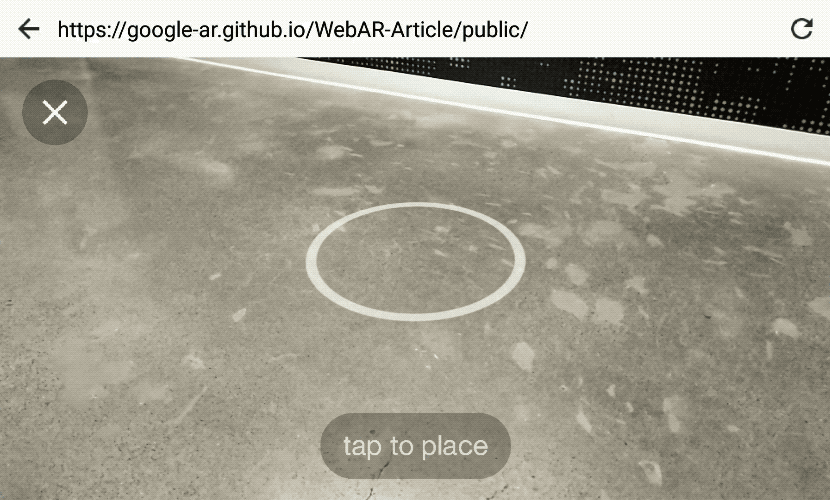WebAR is picking up pace
Web AR has been hyped for a while, but it was lacking a solid technical foundation so far. A recent push from Google to bring AR to the web is a big step forward for Augmented Reality and for creating meaningful experiences for your users.
The one impediment that has always slowed down the wide usage of AR was that you need to install an application to enjoy it. This concept is sometimes referred to as download friction. In today’s world where users are accustomed to viewing content instantaneously, it is asked a lot to install an app just to see something that shows up in your Facebook feed. This is especially significant if you consider that user behavior is mostly based on micro-moments: those 10 seconds you check your social media while you are waiting in line in the supermarket.


Google’s move to integrate AR into the Chrome web browser without the need for any plugins is a gigantic leap forward for AR as a whole. Currently, web AR is only available for Chrome Canary but we are expecting it to be officially available for Chrome and Safari sometime later this year.
Augmented Reality for the Web
The new Web AR initiative might even make older mobile phones, that do not support AR frameworks like ARKit and ARCore, AR-ready, which is amazing news for hundreds of millions of smartphone users that do not use the latest generation of devices.
If you are wondering why Google is pushing to make this technology widely available, there is a very simple reason for that. As Google’s business model is based on the sale of ads, they are dependant on keeping content on the web and not letting it move to apps outside the web. Considering that AR is viewed as one of the key technologies of the next years, this makes a lot of sense.
Googles advance has another benefit. It lays the cornerstone to establish a defacto standard for web AR and over time it will help to make the technology more robust.
We at Onirix are very excited about Web AR. It comes at a perfect time for the technology to mature.

